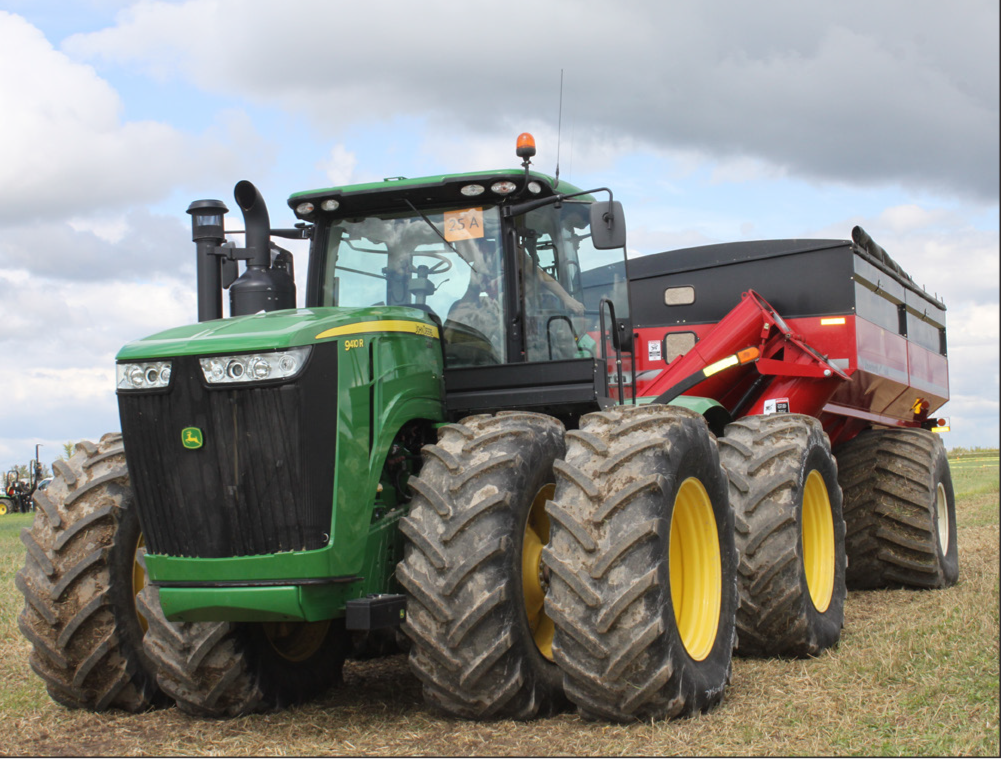Crop Conditions – Week of April 21, 2025

Crop Conditions Cool temperatures with variable rainfall has slowed field drying. Some field work has started in the last few days where the conditions allowed. Nitrogen and sulphur applications are being made to the winter wheat crop, manure is being applied, and tillage operations are beginning. Corn planting has begun in the southwest of the […]




